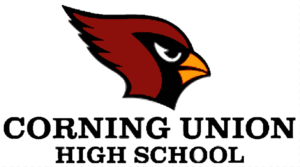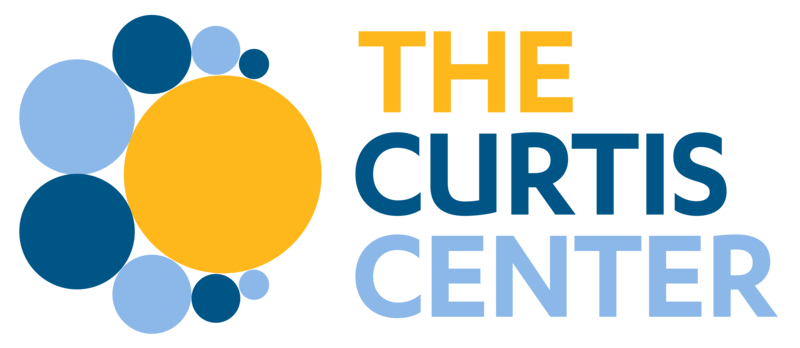
Challenge:
Corning Union High School is the only comprehensive high school in the rural Northern California town of City of Corning, CA; population 8,000. As part of the a federal Promise Grant awarded to the Paskenta Band of Nomiaki Indians, the high school enlisted the help of the UCLA Curtis Center to support their math teachers. The high school mathematics department wanted to incorporate more mathematical modeling in their instruction and a thought partner for identifying the priority content of their units. Additionally, a goal of the Promise Grant was to increase student success on the California Assessment of Student Progress and Performance by 3% per year. Finally, the Corning High mathematics faculty requested the Curtis Center facilitate articulation with the Corning Union Elementary District’s middle school mathematics faculty.
Action Plan:
Before developing a plan for these needs, the executive director of the UCLA Curtis Center conducted a comprehensive needs assessment by observing students in each mathematics course on the campus and meeting with the mathematics department as a whole.
Then in Spring of 2019, faculty began working with Curtis Center Secondary Math Specialists in grade-alike groups. In full-day sessions, grade-alike groups explored Curtis Center mathematical modeling activities appropriate for upcoming quarter of the instructional year. In many cases, this included faculty observing instruction of the lesson with a class of Corning students. Then, under the guidance of the Specialist, faculty aligned the activities to the Common Core content and practice standards and considered how to implement the lessons with their own students in the upcoming weeks. This learning cycle was repeated with each course-alike group before each quarter.
During these grade-alike sessions, the mathematics faculty also worked with Curtis Center Secondary Math Specialists to examine their current scope and sequence. In this work, they examined the Smarter Balanced Assessment Consortium’s Test Blueprint to find the high leverage targets and ensure the corresponding Common Core Standards were being fully addressed and identified priority content for individual units and courses.
To work toward increased student success on the CAASPP, The Curtis Center built an instructional resource formed around CAASPP task models to be used in Corning’s third year elective course, which experiences high of 11th grade enrollments.
When campus closed due to COVID-19 Safer at Home orders, the Corning High mathematics faculty impressively elected to stay the course and start the planned articulation work with the Coring Union Elementary mathematics faculty. In virtual sessions attended by all middle and high school mathematics faculty, these meetings gradually integrated colleagues across the campuses in discussions around Expression & Equations, Function, Number Sense, and Geometry progressions in Grades 6 – 9. Building on these understandings, the faculties chose CAASPP task models to use in a formative assessment to be used at the transition to high school to both inform instruction and diagnose student support needs.
Results:
1. By the end of the 2019-2020 school year, the math faculty have experienced 23 Curtis Center authored or curated high quality inquiry based mathematical modeling activities.
2. In response to an open-ended evaluation query, 14 out of 16 faculty requested more such activities from the UCLA Curtis Center.
3. Self-reported evaluation data from the CUHS math faculty included:
a. Enjoyed scope and sequence part of the day. We got a lot accomplished that will help our students to be more successful
b. [I loved the] Dynamic model lesson, follow-up discussions on lesson, conversations around scope and sequence
c. I liked the new activities to integrate into the statistics chapter. Thank you so much for all of your help.
